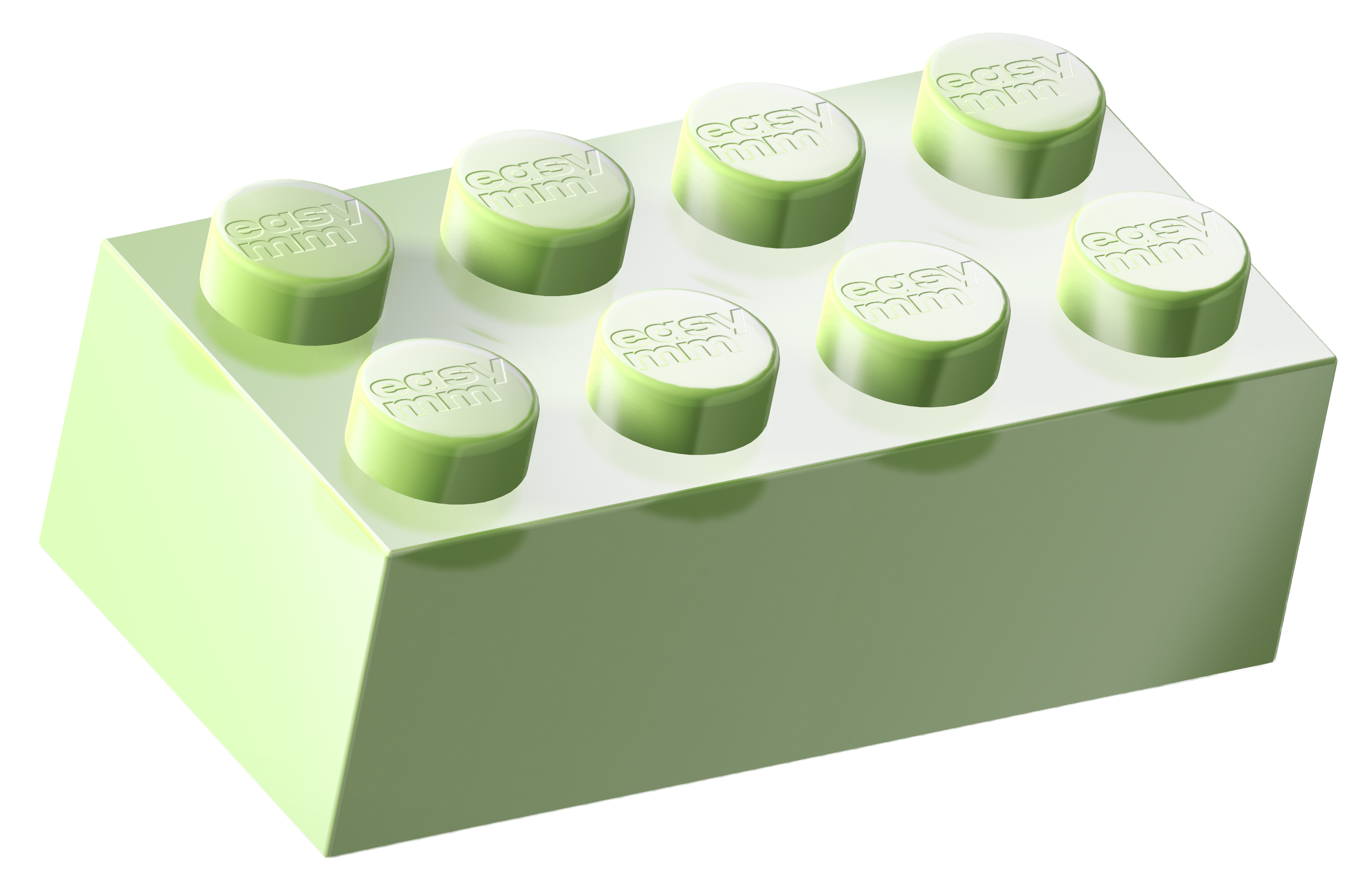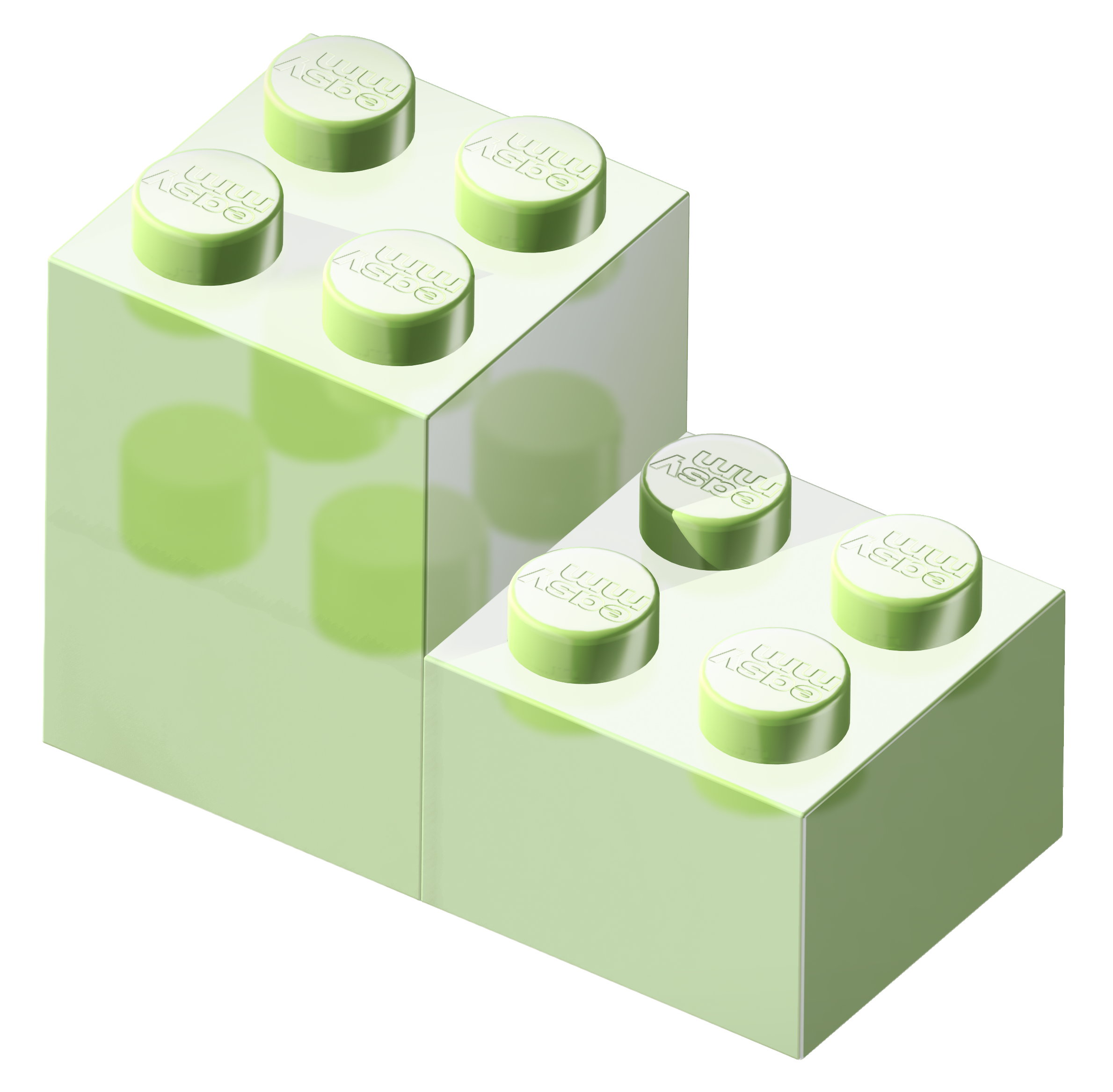Market-making is a fundamental component of successful crypto projects as it ensures liquidity, reduces price volatility, and fosters market confidence. Measuring market-making effectiveness through precise metrics and Key Performance Indicators (KPIs) allows crypto projects to evaluate their liquidity strategies, optimize resource allocation, and demonstrate value to stakeholders. This article outlines the essential KPIs and metrics for evaluating market making strategy crypto initiatives and provides actionable insights into tracking and improving performance.
Core Concepts of Market-Making in Crypto
Market making cryptocurrency involves continually quoting buy and sell orders to provide liquidity. Effective market making strategies reduce the bid-ask spread and ensure order book depth, enabling smooth trading without excessive price impacts. Crypto market making services typically include algorithmic trading bots operating 24/7 with low latency and real-time monitoring to adapt to market dynamics.
Key Metrics and KPIs to Measure Market-Making Effectiveness
1. Bid-Ask Spread and Order Book Depth
The bid-ask spread is the difference between the highest buying price (bid) and the lowest selling price (ask). A tight bid-ask spread combined with substantial order book depth at that spread indicates healthy liquidity and competitive pricing. For example, a 5 basis points spread with $500,000 liquidity is more effective than a 1 basis point spread with negligible depth. Tracking this metric over time helps benchmark market-making effectiveness against industry standards.
2. Uptime and Latency
Market makers must maintain high uptime (>95%) to keep liquidity consistently available, especially since crypto markets operate 24/7. Latency measures the speed of trade execution and order updates; low latency means the market maker can quickly respond to price changes and maintain competitive quotes. Both uptime and latency ensure that trading activity remains uninterrupted and responsive.
3. Traded Volume and Liquidity Turnover
Monitoring the total traded volume facilitated by market makers reflects their contribution to liquidity and market activity. Liquidity turnover rate indicates how often liquidity pools refresh, revealing efficiency in supporting continuous trading flow. Ideally, a successful market making crypto strategy results in high volume with minimal slippage penalties.
4. Market Share and Order Flow Participation
Market makers often track their market share, the proportion of trades they facilitate relative to total market volume. Higher order flow participation demonstrates dominance in providing liquidity and impacts price discovery positively. Transparent reporting on these KPIs helps crypto projects assess the quality and impact of their market maker strategy crypto.
5. Profit and Loss (PnL) and Return on Investment (ROI)
Evaluating the financial efficiency of market-making activities involves analyzing PnL to ensure the strategy generates sustainable returns, accounting for spreads earned versus operational and capital costs. ROI benchmarks enable projects to balance funding for market-making services with expected liquidity benefits.
6. Responsiveness and Adaptability
Effective market makers adjust trading algorithms based on changing market volatility, order book shifts, and token-specific events. Responsiveness can be assessed through adaptive bid-ask spread behavior and real-time reporting, measuring how swiftly the market maker reacts to market movements.
Monitoring and Reporting Recommendations
Crypto projects should partner with market makers offering real-time dashboards or frequent reports detailing KPIs such as spreads, volume, uptime, latency, and PnL. Continuous benchmarking against baseline standards and peer projects helps identify areas for improvement. Establishing agreed thresholds for KPIs (e.g., maximum 0.5% bid-ask spread, minimum 98% uptime) aligns expectations and performance evaluation.
Example KPI Table for Market-Making Effectiveness
Best Practices for Measuring Crypto Market Making Strategy
- Align KPIs with project goals and liquidity needs for tailored measurement.
- Use algorithmic and AI-driven tools for ongoing analytics and risk management.
- Regularly review KPI thresholds to adapt to evolving market conditions.
- Combine quantitative KPIs with qualitative assessments, including regulatory compliance and transparency reporting.
- Leverage external benchmarks and industry data for realistic target setting.
Conclusion
Tracking and measuring market-making effectiveness is critical to optimizing crypto marketing strategy and ensuring liquidity provisioning supports long-term token success. By focusing on comprehensive KPIs such as bid-ask spreads, uptime, traded volume, and ROI, crypto projects can effectively evaluate their market maker strategy crypto and make informed decisions for liquidity enhancement. Transparent reporting and continuous assessment are key to achieving and maintaining competitive advantages in the dynamic crypto landscape.




